Experience-Seeds-Knowledge-Plant Discoveries-Ecological Enrichment-Join Now Click Here!

Rich Apricot Flavor-Heavy Yields on a Strong Large Upright Tree-Fruit and Nut Tree Thin Shelled High Yielding Oil Pits
Briana Apricot is a true to type seed grown apricot originating from central Europe. The original seed came from a seed exchange done in the early 1980's from an arboretum collection. I was able germinate two seeds labeled Prunus sibirica. After fruiting I realized it was a stable form or hybrid of the Siberian apricot with a dark orange fruit. Although small fruited, Briana apricot is big in flavor and combines a true apricot flavor along with an edible pit that can be used like an almond that is lower in bitterness or prussic acid. Further selections can be done with the Briana apricot to find pits that are naturally low in prussic acid of what could easily become a fruit and nut tree all in one. Some selections also have very thin shells as well.
The fruit is bright orange in color with a dark orange interior. Fruit sizes are from 1 to 1-1/2" which are produced in dense clusters on short spurs along the branches. Briana has the richest taste of any apricot I have ever tasted. Little disease or insect problems occur but curculio is an issue to some extent but much less than commercial apricots. I use Monterey, Neem and Pyrethrum to maintain cleaner fruit free of blemish. Much more forgiving to produce that the current commercial apricots which require a regimented spray program. Begins to fruit within 3-6 years from seedling when the plant reaches 6-10 ft. tall.
Self pollinating but enhanced yields are found when cross pollination is available. Another Briana apricot or Manchurian or having two plants within 40 feet of each other. Highly fertile with pollination completed by numerous species of bees including bumblebees, honeybees and hoover flies.
Package includes Briana Apricot seeds from my plantings of the strongest upright trees with heavy yields. There is little difference between the seedlings either in fruit quality or type or yield. Clonal reproduction is not necessary as each tree is identical for all practical purposes. It is possible this apricot variety could be produced clonally but it would be ideal to offer it as two genetically different plants to help insure fruit set and good overlap of pollination. Ideally it would be best to have it rooted if you want that for some reason. Because the fruit and nursery industry shuns seed grown plants as inferior or unstable it is likely a seed grown cultivar is not universally appreciated. But over time this variety will prove its worth as a seedling cultivar and not cloned. Some selections done at my farm have shown there is more pulp surrounding the pits on certain trees. Other trees with thinner pulp will often dry on the tree and eject the seed as the fruit splits. Both of these types can be eaten fresh.
The almond like pit is naturally low in prussic acid. These appear to be in the class of sweet pit apricots with little bitterness. Both of these characteristics would pave a way for apricot kernel production as the Siberian apricot has the highest yield of any apricot. There is natural variation found within this species but in general they are not as bitter as most apricot pits. From a safety standpoint, only sweet pits are safe to consume in quantity as they are low in cyanide compounds similar to an almond. The Briana apricot is not a sweet pit apricot as those are free of prussic acid.
Spacing as an orchard should be 20 by 30 or 40 ft. spacing or larger. 10-20 ft. apart for hedgerow. Trees will live over 50 years easily. Height to 40 ft. with equal width. Trees can be pruned as an open central leader with wide crotch angles. Some trees have a more upright almost oak like growth habit. Some of these appear to have the highest vigor as well. making for a tall tree with excellent branching to allow light to penetrate the crown with little pruning. Trees have twice the life span of grafted trees.
On pollination: This species often sets fruit where other apricots fail in the the land of frosts. That partially due to the short period of flowering which means the fruit set occurs faster without damage to the flower. Another aspect of it is due to its highly self fertile nature which is common with the Briana apricot.
On creating a seed orchard: No need for a rootstock. Grow as is for fruit and nut production. Use your seed orchard to expand your apricot plantings without the need for a nursery for clonal production. Our scionwood is collected from the original trees as well as a newer seed selection with vigorous upright growth and delicious fruit.
Seeds will then be refrigerated to prevent decay but not overly dry to damage the embryo. This is a common problem with commercially grown and processed apricot pits. The seeds are also floated to clean blank seeds. Scionwood is sent dormant during the winter months. You can purchase scionwood included or just seeds or request scionwood with the seeds if done during the winter months. Otherwise only seeds are available at all other times.
"Briana" Scions are specifically selected from the trees with the largest flesh to pit ratio and greatest vigor and yield. This selection also has a bit of a red blush on the fruit and is the best flavored. Sent with an order of seeds upon request. Shipped in the dormant seasons.
To germinate the seeds: Add a lightly moist media to the bag like Canadian peat moss. Make sure it is not overly wet as apricots once they begin to germinate rot easily. Store the seeds in the fridge from 33 F to 38 F for 90 days. Some germination will occur quickly starting in 45 days. Pluck these out and plant them in you can. Leaving them sprouted in the fridge for long periods will destroy the sprouted embryo so try to avoid that. After 60 days remove the seeds from the fridge and they will sprout quickly within 1-3 weeks. Seeds that do not sprout right away can be hand cracked and planted or put back into the fridge for another 2 weeks. Continue this process until they have all sprouted. The trickiest part of germinating apricots is to prevent mold on the sprouted seeds. If you seed mold on the outside of the seeds, remove from the fridge wash with dish soap and tamp dry and then put back in the lightly moist media. Aerating the bag during the dormancy is recommended by opening up the bag and shaking. This will provide fresh air to surround the seed which is more like an outdoor germination.
Seeds harvested July of 2023.
| Plant Specs | |
| Genus & Species | Prunus sibirica x armeniaca |
| Seed Source | Michigan, originally arboretum collection |
| Hardiness | -30 F or more |
| Height (ft) | 30-50 height with equal width. |
| Width (ft) | 30-50 with equal height. Spacing is 20 by 30 ft. Hedgerow planting at 10-20 ft. apart if no vegetation exists on either side. |
| Pollination Requirements | Self fertile but may benefit from having other cross pollination either from seedlings of itself or other apricots if they overlap in flowering. Pollinated by a huge number of bees and flies in the early spring. |
| Soil | Does best in a sandy soil or sandy loam. Even rocky soil works. Needs what would be considered a well drained soil with low clay content and slightly acidic. |
| Climate | Zones 3 ish to 4 to 8. Can grow wherever peaches plus one zone can grow as well as commercial apricots. Briana is not a low chill apricot. |
| Ease of Cultivation | From seed, very practical to grow commercially as the seedlings are very uniform. Vigorous growing plants will fruit in 3-6 years from seed. Immune to black knot. Plants have a short window of pollination which helps in between skipping frosts. Not a shade tolerant plant but will grow in competition with other plants. Tolerant to wind and drought with exposure similar to itsnative mountainous habitat. |
Related Plants
Wild Texas Peach Seeds
From Seed Wild PeachOne of the great mysteries of life is how some of the best tasting fruits ..
$72.00
-1270x944max.jpg)
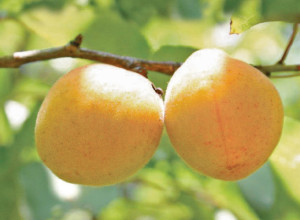
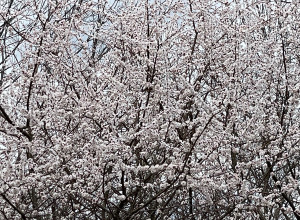

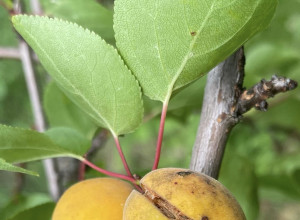
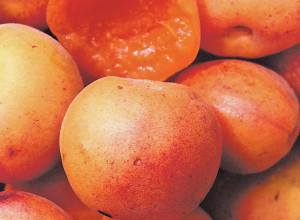
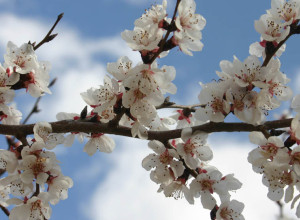

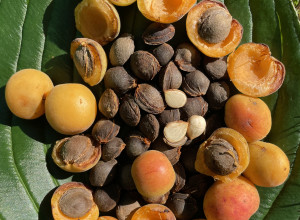
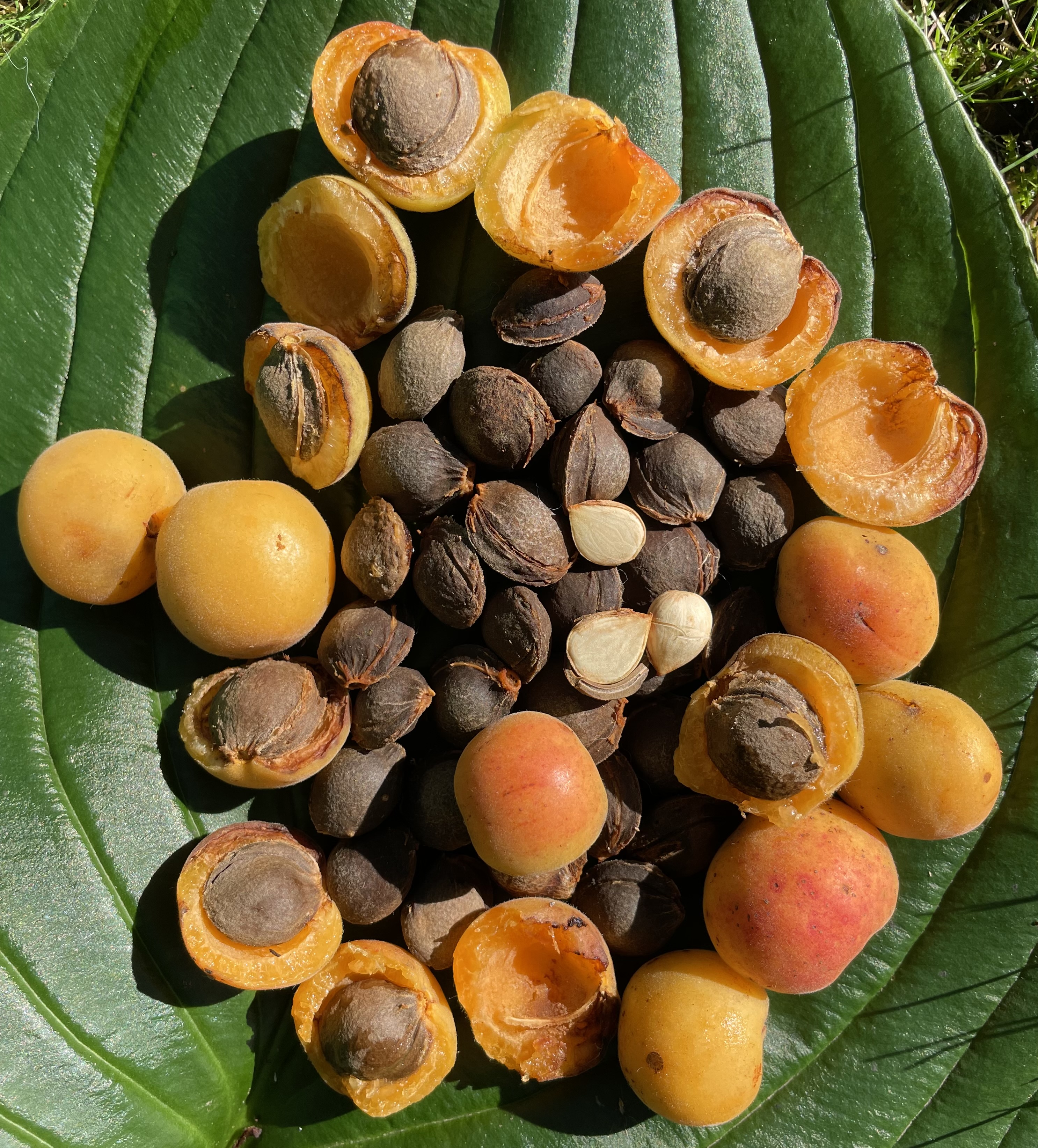
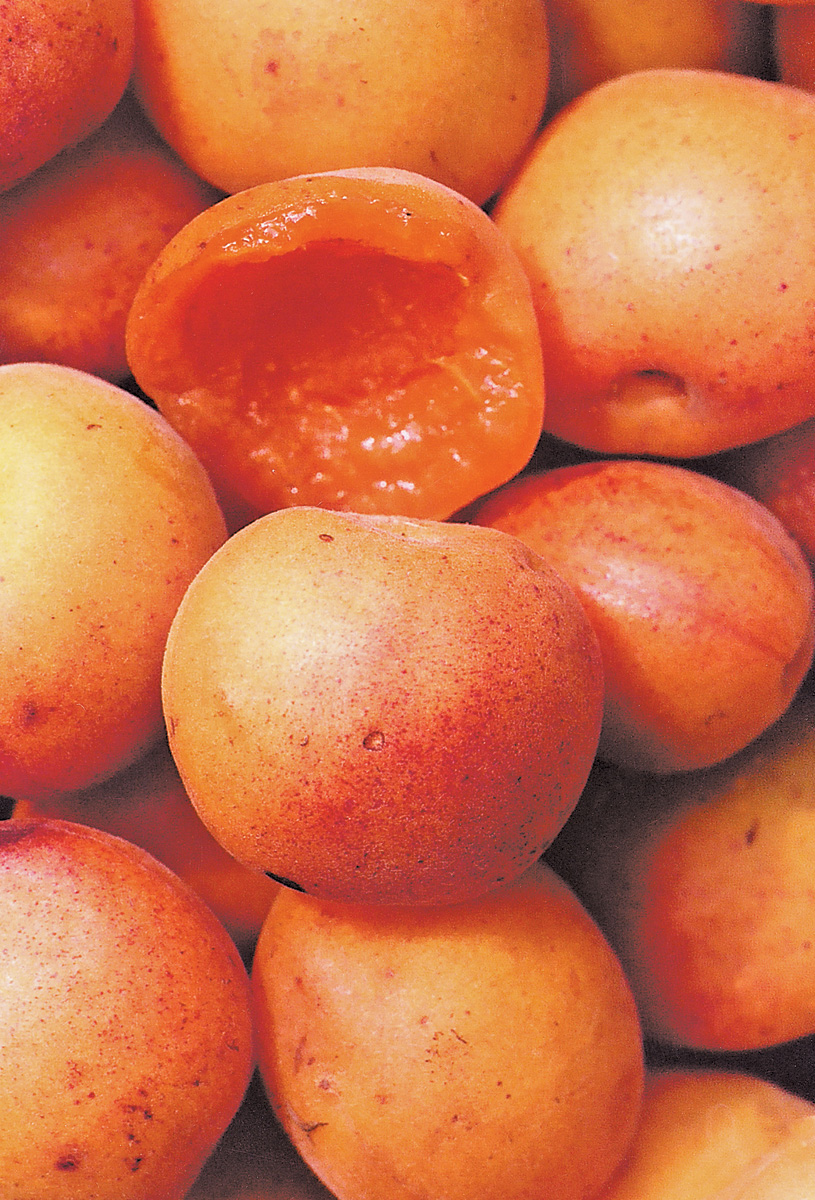
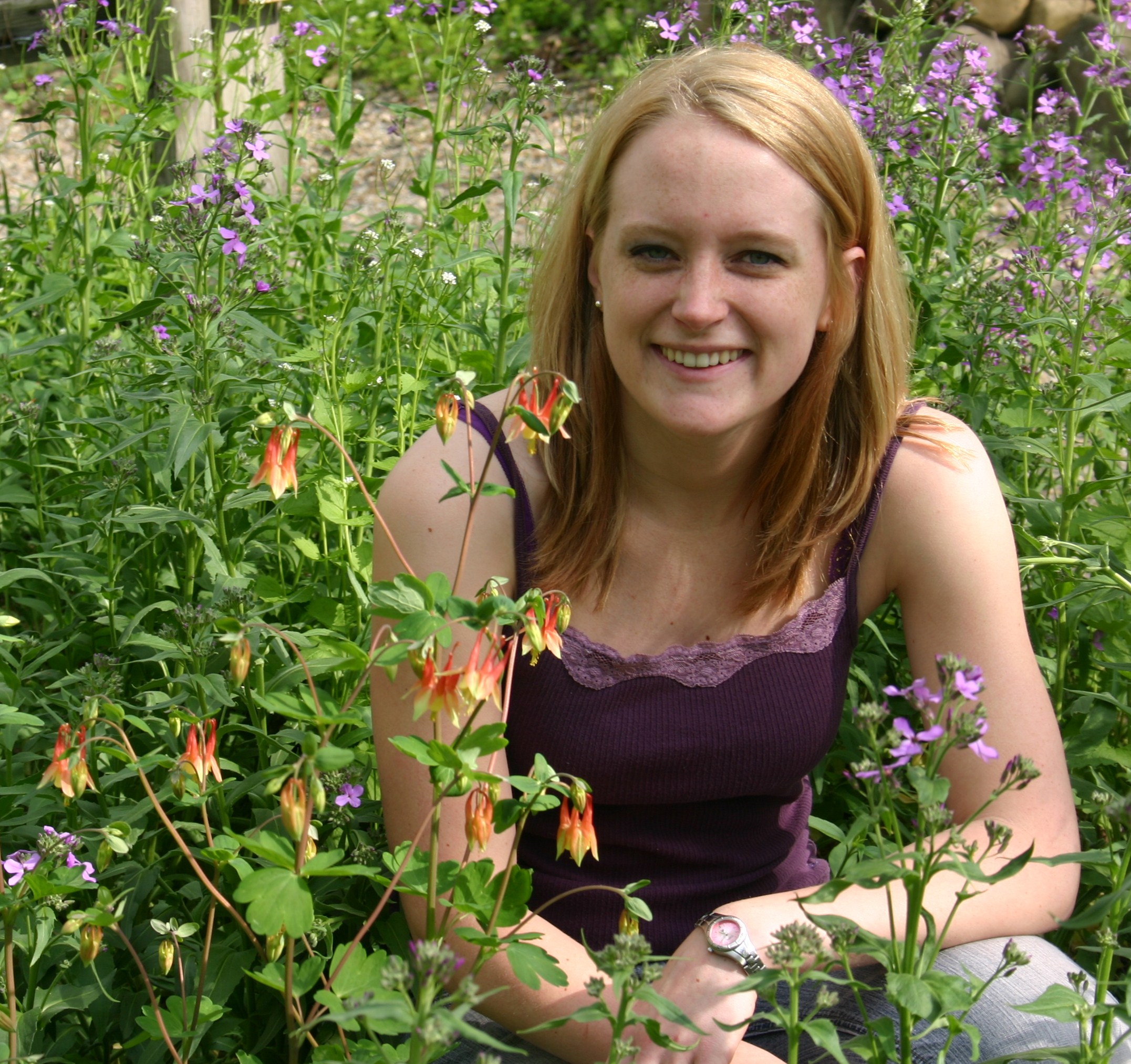
-606x460max.jpg)